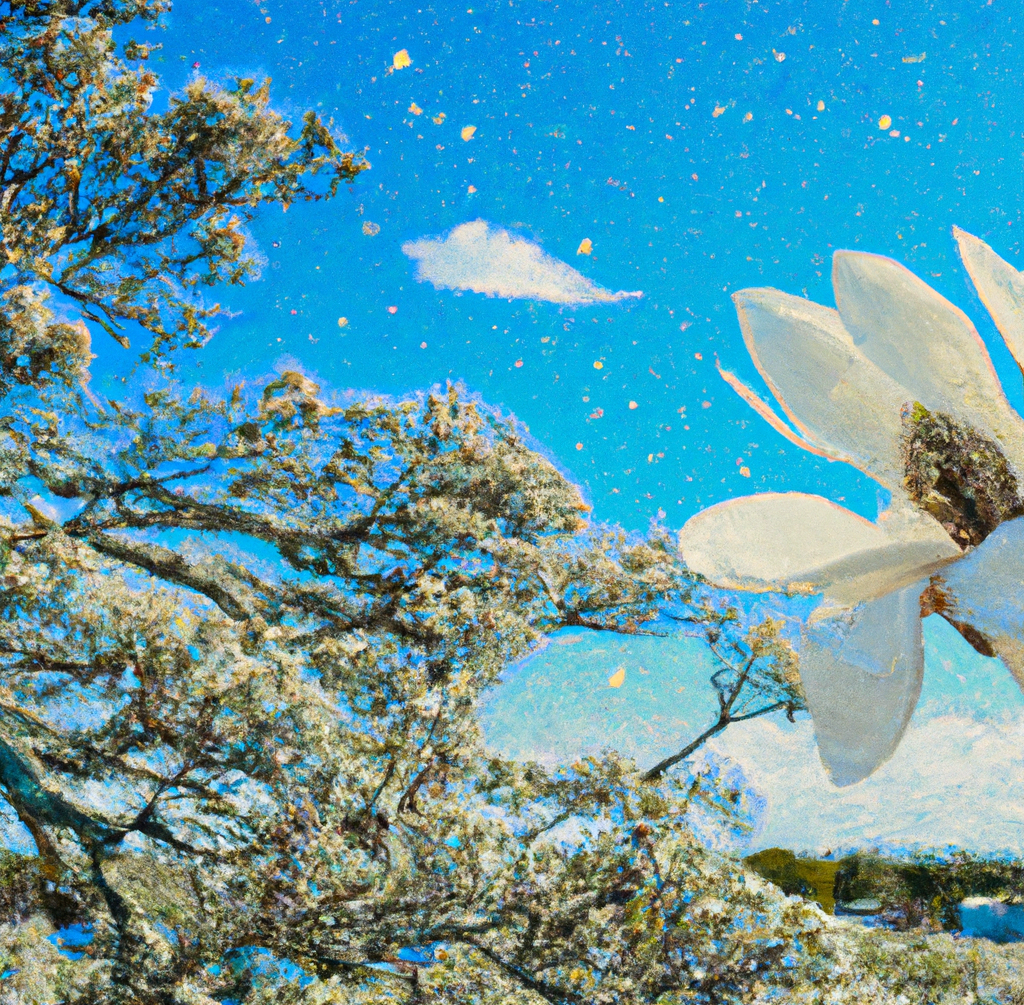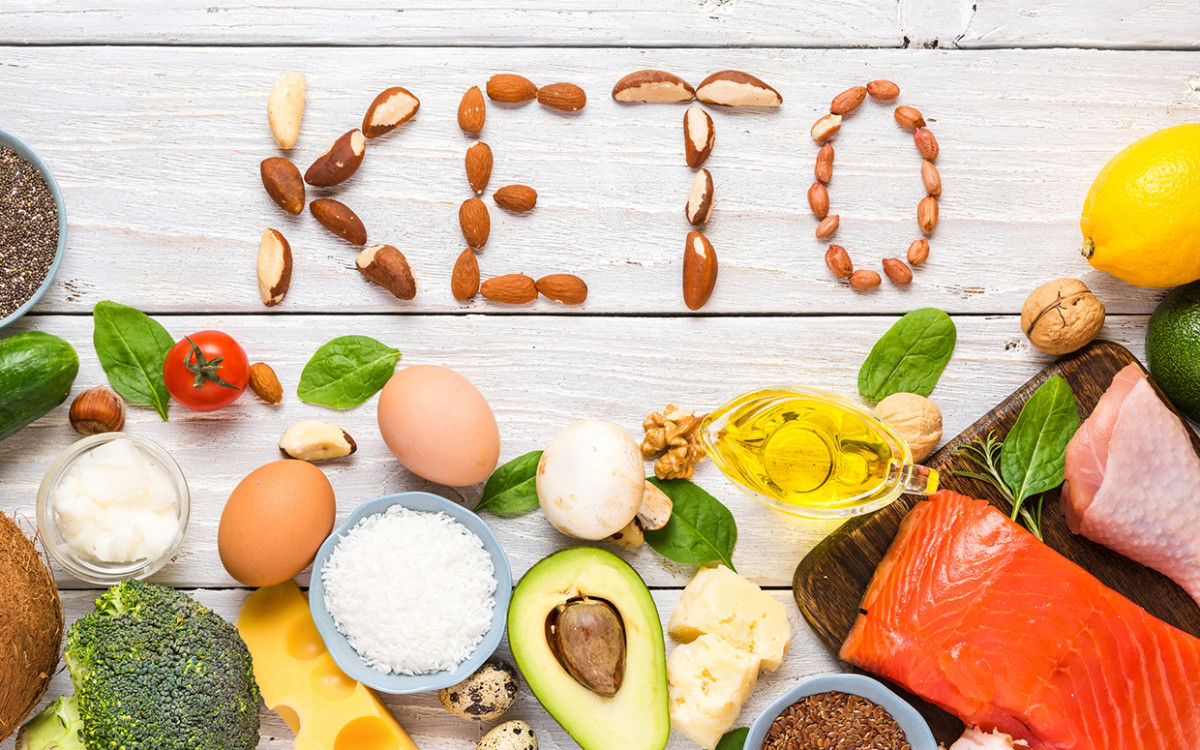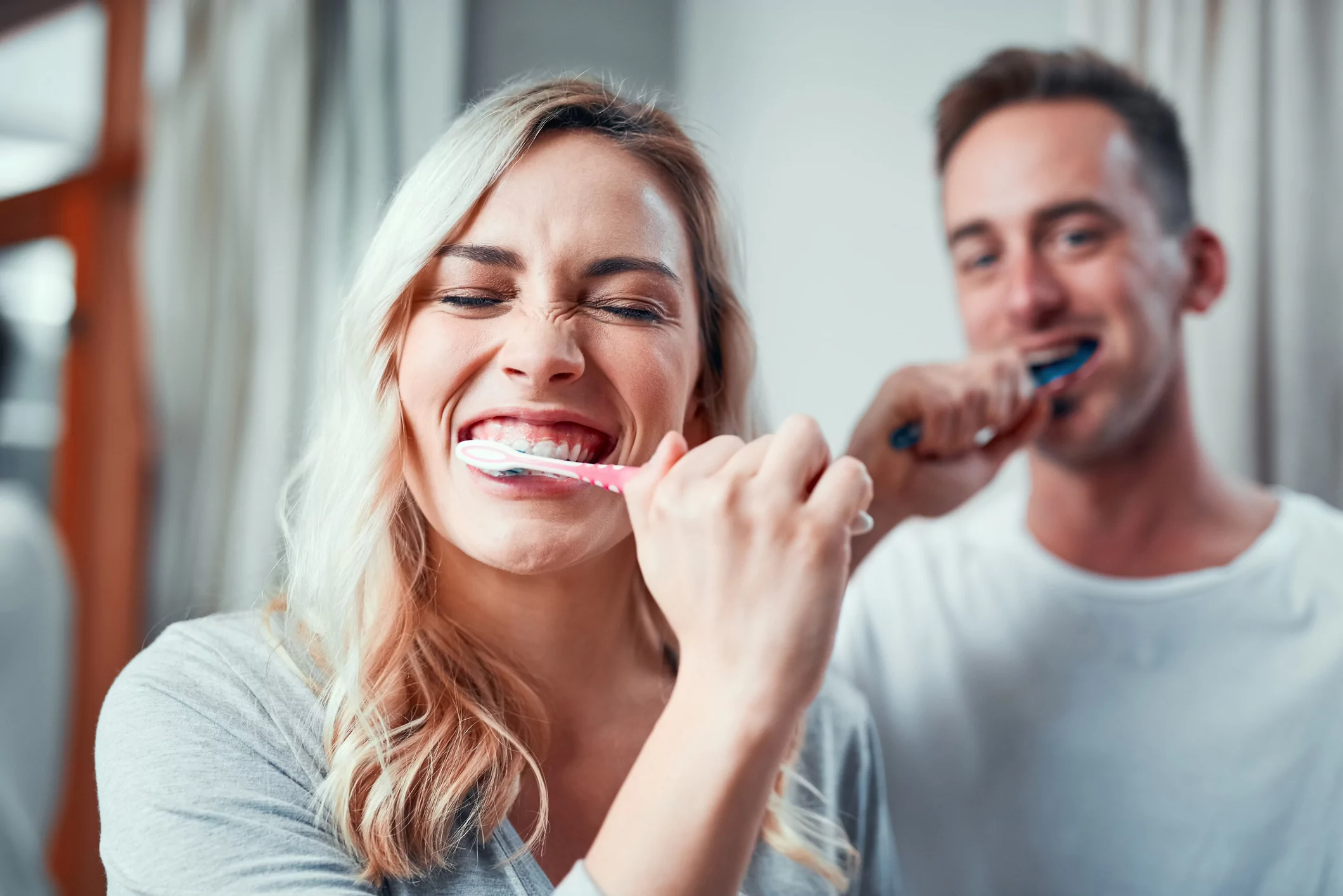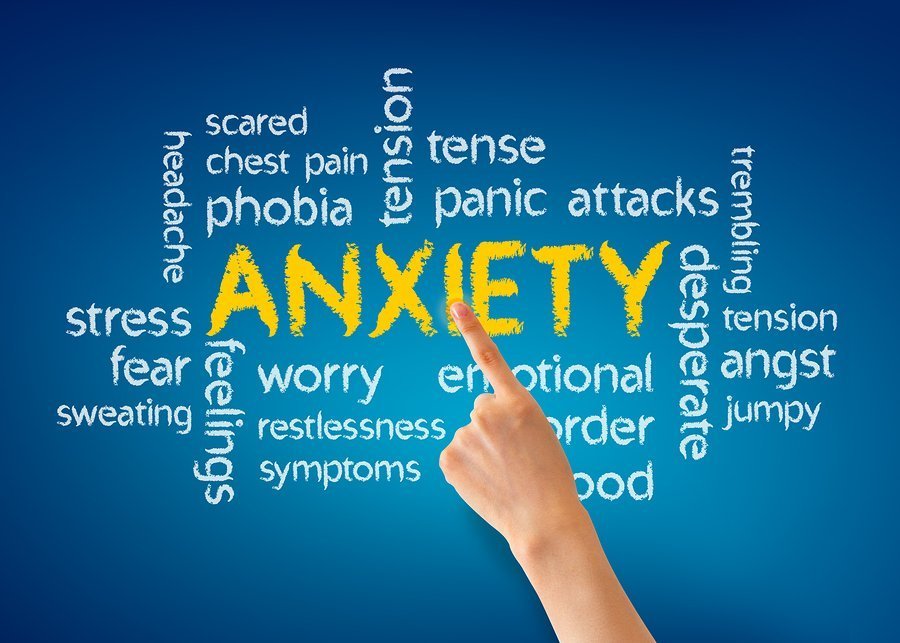Table of Contents
ToggleIntroduction
The Lowcountry, a uniquely picturesque region of the southeastern U.S. with its tidal marshlands, historic charm, and coastal allure, offers residents and visitors an experience unlike any other.
But with its beauty comes a seasonal invader that’s all too familiar to its dwellers: pollen.
As the calendar pages flip, this tranquil oasis becomes ground zero for sneezes, itchy eyes, and all things allergy-related.
If you’ve ever wondered about the dance between the Lowcountry’s natural splendor and the pesky pollen it produces, you’re in the right place.
Together, we’ll dive into the heart of the pollen season in the Lowcountry, unpacking its nuances and seeking out ways to thrive amidst the sniffles.”
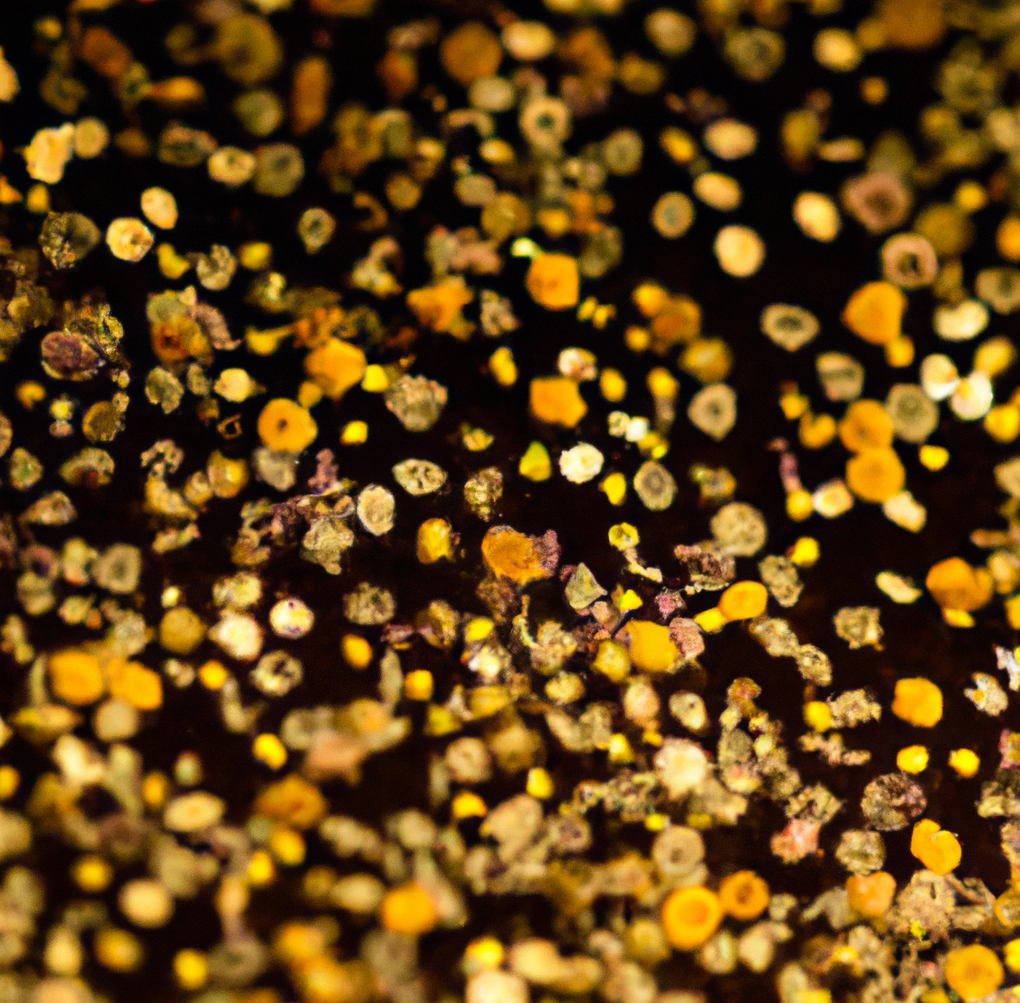
Spring Allergies
Spring bursts forth in the Lowcountry, a vibrant tapestry of nature’s artistry.
Birds serenade the mornings, flowers unfurl in a riot of colors, but for many, this symphony comes with a sneezy refrain.
As the trees, notably the majestic oaks, whispering pines, and elegant magnolias, begin their annual dance, they release waves of pollen into the balmy air.
In the Lowcountry of South Carolina, spring is a symphony of blooming beauty, but it’s also peak season for allergens. Among the most notorious culprits:
- Trees: Oaks, pines, and magnolias are iconic to the Lowcountry and are major pollen producers. As they release their pollen, the air gets saturated, causing many residents to experience allergic reactions.
- Grasses: As the season progresses, grasses such as Bermuda, Bahia, and ryegrass come into the mix, releasing their own set of pollens.
- Weeds: Late spring sees the emergence of weed pollens, including those from plants like sagebrush, ragweed, and nettle.
- Molds: Spring showers, while refreshing, can also lead to the growth of molds, another allergen to be wary of. Warm, damp conditions, especially in shaded areas, can foster mold growth.

Summer Allergies
In the summer, the Lowcountry of South Carolina undergoes a transition in terms of prevalent allergens.
While spring primarily sees an influx of tree pollens, summer shifts the spotlight to grasses and weeds, which become the primary culprits of seasonal allergies during these warmer months.
Bermuda grass, Bahia grass, and St. Augustine grass are some common grasses in the Lowcountry that release pollen, becoming triggers for many allergy sufferers. Additionally, the area sees a rise in weed pollens.
Ragweed is especially notorious and is a significant allergen for many. Other weeds like lamb’s quarters, sagebrush, pigweed, and nettle can also contribute to the summer allergy woes.
Molds can be another concern in the summer, especially with the region’s humidity.
The combination of warmth and moisture creates an ideal breeding ground for mold spores, which can exacerbate allergies for many residents.
To enjoy the Lowcountry’s summer charm, it’s essential to stay informed about the prevalent allergens, take preventive measures, and possibly consult allergists to tailor an effective action plan.

Fall Allergies
Fall in the Lowcountry of South Carolina, while less notorious than spring for its pollen count, still has its unique set of allergens.
As the summer fades, ragweed emerges as the primary culprit. This plant can produce a staggering amount of lightweight pollen that the wind easily carries, making it a widespread allergen.
In addition to ragweed, other weeds like sagebrush, lamb’s quarters, and mugwort can be problematic.
Goldenrod often gets the blame because it blooms simultaneously with ragweed, but it’s mostly insect-pollinated and not a significant contributor to airborne pollen counts.
Mold spores also see a spike in the fall, especially after rains and as leaves begin to decay, becoming another sneaky trigger for allergy sufferers.
For those in the Lowcountry, understanding these fall allergens is key to navigating the season with fewer sniffles and sneezes, ensuring that the beauty of autumn can be fully appreciated.
Winter Allergies
Bluffton, Hilton Head Island, Charleston, and Beaufort may not experience heavy snowfall or freezing temperatures like other parts of the country, but that doesn’t mean they are immune to allergens during the winter season.
In fact, for many residents of these coastal areas, winter allergies can be just as bothersome as any other time of year.
During these cooler months, many trees, grasses, and flowers take a backseat, but that doesn’t mean allergy sufferers get a complete reprieve.
- Mold: The damp and mild climate of the Lowcountry can encourage the growth of molds, both outdoors and indoors. Fallen leaves and other organic debris can become breeding grounds for mold spores, which become airborne allergens.
- Mountain Cedar: In parts of the South, including areas close to the Lowcountry, the Mountain Cedar (or Juniper) tree releases pollen, often from December through February. It’s known for causing “cedar fever,” with symptoms mimicking those of the flu.
- Indoor Allergens: With colder temperatures, people tend to spend more time indoors. This can increase exposure to indoor allergens like dust mites, pet dander, and indoor molds. Heating systems can stir up dust that has settled in ducts, dispersing it throughout the home.
- Ragweed: While ragweed primarily pollinates in the fall, in warmer areas, traces might persist into the early winter months, especially with the changing climate patterns.
Even in winter, it’s essential for residents and visitors of the Lowcountry to remain vigilant.
Regularly cleaning living spaces, using air purifiers, and monitoring local pollen and mold counts can help alleviate some of the discomforts associated with winter allergies.
Tips to Limit Exposure
Monitor Pollen Forecasts Actively:
- Check local weather reports daily for pollen levels. These insights help you brace for high pollen days.
- Use dedicated Lowcountry websites or apps for precise pollen data. Dive deep into specific pollen types and their intensity in your area.
- Adjust your outdoor plans based on the forecast. High pollen counts suggest more indoor time or protective measures.
Establish a Pollen-Free Zone at Home:
- Shut doors and windows during pollen peaks, primarily early mornings and late afternoons. This action blocks the influx of airborne allergens.
- Install efficient filters in your air conditioning systems. These filters purify indoor air by trapping outdoor pollen particles.
- Clean and dust your home regularly. This practice diminishes indoor allergen accumulation, offering a fresh living space.
Adapt Your Outdoor Activities:
- Schedule outdoor activities away from pollen peak hours. Choose times when pollen dispersal is minimal.
- Wear sunglasses when outside to shield your eyes from pollen. These act as a protective barrier against irritating airborne particles.
- Once you’re back indoors, immediately change and shower. This removes any pollen clinging to your skin and attire.
General Proactive Measures:
- Opt for indoor activities on days with high pollen forecasts. Indoor events offer both entertainment and a refuge from pollen.
- Embrace proactive measures and fully enjoy the Lowcountry vistas, be it Charleston, Beaufort, Hilton Head Island, or Bluffton. Experience the scenic beauty without the sneezing fits.
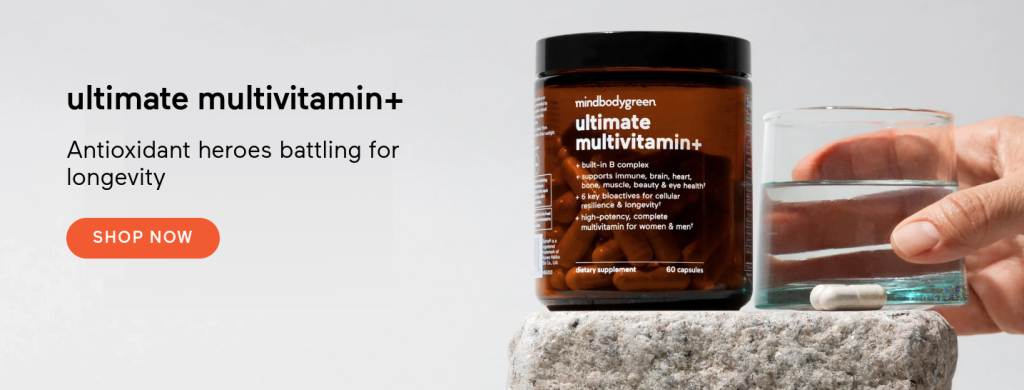
A Word from HealthyVibe
Wrapping up pollen season in the stunning Lowcountry South Carolina, from the beaches of Hilton Head Island to the historic streets of Charleston, shows us nature’s dual character – beauty with a sneeze!
Yes, the pollen might have had us reaching for tissues, but remember, summer’s right around the corner promising fewer sneezes and more breezes.
The takeaway? With every season’s change in Lowcountry, there’s a fresh experience waiting. So, wave goodbye to those pesky pollens, gear up with some smart allergy tips, and dive headfirst into the beauty that Lowcountry serves up all year round!
FAQ
What triggers spring allergies in the Lowcountry?
In the Lowcountry during spring, trees such as oak, pine, and magnolia release pollen into the air, triggering allergies. These pollen particles become the main culprits behind our seasonal sniffles.
How do spring allergies manifest in symptoms?
Typical symptoms of spring allergies include never-ending sneezing fits, itchy and watery eyes, and severe nasal congestion. As pollen counts rise, these symptoms become even more pronounced, especially during outdoor activities in places like Beaufort or Hilton Head Island.
How can I combat the effects of spring allergies?
Limit pollen exposure by staying indoors during peak pollen times, usually in early mornings and late afternoons. If you need to go outside, wear sunglasses to shield your eyes from pollen, and change your clothes once indoors to minimize pollen transfer.
Why do we experience more allergies during spring in the Lowcountry?
Our picturesque landscapes, filled with various trees, produce a significant amount of pollen during spring. This high pollen count, combined with the region’s climate, exacerbates allergic reactions.
Any specific tips for residents of Beaufort, Charleston, Bluffton, and Hilton Head Island?
Residents in these areas should monitor local pollen forecasts and take precautions during high pollen periods. Avoid activities like outdoor brunches in Charleston or picnics in Bluffton when the pollen count peaks.

